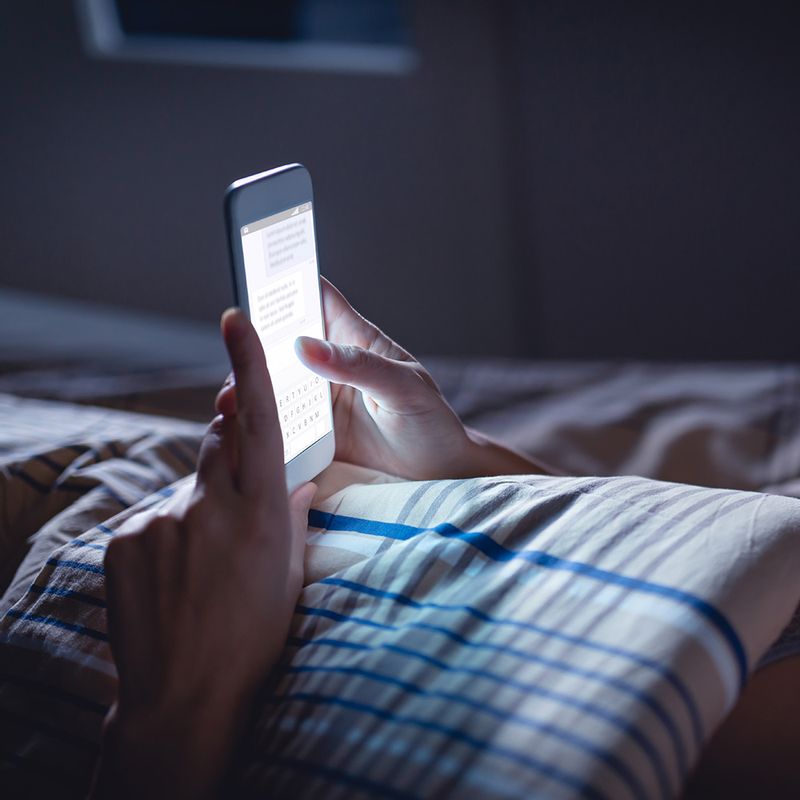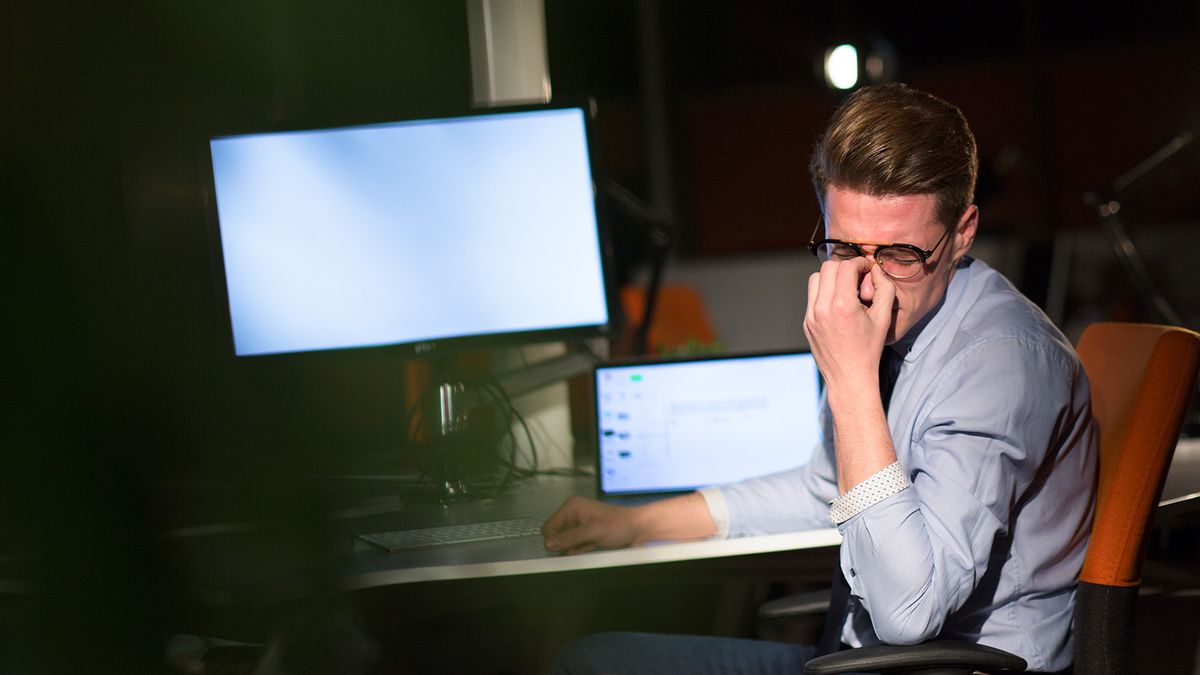Even before coronavirus forced us into quarantine, we were already self-isolated, thanks to our increasing dependency on modern digital technology. Ian Bogost, a professor at the Georgia Institute of Technology rightly said, “You already live in quarantine.” Access to everything from banking and grocery shopping to entertainment and fitness training, digital technology made our ‘lockdown’ manageable.
While digital technology at our fingertips helped us follow social distancing protocols and flatten the curve, there were unexpected and alarming repercussions as well. A week into the lockdown in March 2020, in India, Cellular Operators Association of India had to urge mobile consumers to use data networks responsibly so that critical services such as bill payments, ordering of essentials and staying connected to our friends and family could run smoothly.
With everyone staying at home, dependence on the internet saw a 72 per cent spike. The lockdown also ensured that we spent more time surfing TV, scrolling through mobile devices, and gaming apps, as per data from television viewership measurement agency BARC India and global measurement and data analytics company Nielsen. The time spent on almost all social networking apps also saw an 87 per cent increase, according to a survey by Hammerkopf Consumer Survey.
TikTok, the Chinese video-making app, emerged as the most downloaded app (till it was banned), closely followed by WhatsApp. According to data from the US-based analytics platform SimilarWeb, new modes to communicate like Houseparty and Zoom saw the biggest spikes in fresh user installs. Both are social networking services that enable group video chatting through mobile and desktop apps. Meanwhile, PornHub, a pornographic video sharing and pornography website, recorded a 95 per cent increase in traffic from India alone!
Quarantine-and-chill life isn’t that ‘chill’
That we have become heavily dependent on the internet and technology to alleviate stress and kill boredom is a given. But, this in the bargain, is also affecting our mental and physical well-being, observes Shridhar Kulkarni, counselling psychologist at Thinking Space Counselling and Guidance Center, Mumbai. We’ve made binge-watching, gaming, scrolling and other tech-related activities part of our daily rhythm so much that once we come out of this ‘house arrest’, it’s going to be difficult for most of us, he explains.
“Social media platforms, information sites and channels were focussed on the pandemic and news relevant to it—with speculations, analyses, statistics, expert opinions, questions, all ad infinitum,” notes Shazneen Limjerwala, a Mumbai-based psychotherapist, author and group facilitator. She explains, “Many people could not process this, both intellectually and emotionally, leaving them either too overwhelmed or ‘taking it out’ on families, those they live/work (virtually) with.”
When not being bombarded with COVID-19 related news, technology continues to give us access to myriad ‘Live’ sessions and conversations and that keeps us hooked on to our screens, explains Kulkarni. Besides, cyberbullying continues to thrive, he adds.
One may argue that as we practice social distancing in an effort to slow the spread of COVID-19, the need to spend exponentially more time online, and hence hooked on to our screens, has helped us to stay connected with people. However, in the bargain, it is only alienating us from people around us, shares Limjerwala. According to a study by Marketcast, an entertainment research firm, 56% of binge-watchers preferred watching shows and films alone and 98% at home; it is a perfect example of how Netflix and other OTT platforms are detaching you from relationship bonds and more important activities such as engaging with your family, concentrate on work or focus on yourself, she adds.
A large body of scientific evidence has linked smartphone dependency, extensive internet usage, and gaming with anxiety, depression and even anti-social or hyper-social behaviour. “These tech-driven quarantine activities can affect sleep patterns as the artificial blue light emitted by our electronic devices restrains the production of melatonin, which regulates sleep-wake pattern,” explains Kulkarni. He also notes that these activities could result in a loss or increase of appetite.
Repetitive movements of typing, tapping, swiping and scrolling have become second nature by now. They have given rise to a new breed of ailments such ‘text neck’, ‘smartphone thumb’, ‘skull horns’ or ‘text claw’—these repetitive stress injuries to hands and wrists may be reminiscent of Jane Jetson, the matriarch from the futuristic animation show from the 1960s, The Jetsons, but they are quickly becoming a bane especially now more than ever before.
Breaking down the slang
Text neck: Pain in the neck and back after hunching over handheld and/or mobile devices.
Texting thumb, Nintenditus, or Nintendo thumb: Cramps in the thumb and lower hand due to an increase in thumb action from PUBGing, Candy Crushing or scrolling.
Smartphone Pinky: When your pinky finger is noticeably more bent than the others when operating a bulky smartphone or an e-reader.
Text claw: The on-and-off pain, stiffness or cramping in fingers even when not using handhelds.
Computer vision syndrome: Staring at screens of electronic devices can tire eyes and cause vision-related problems, which can happen with frequent usage of any device or screen.
Cut down on screen time

Technology dependence isn’t a personal failing. It is but human nature to look for ways to get distracted, and every app, online service, and website is geared to take advantage of this. Here are expert tips to help you fix your screen addiction:
Assess current usage: Rather than mindlessly browsing, scrolling or binge-watching, Kulkarni recommends these activities only when they call for meaningful interaction. Ironically, there are apps that help you assess where your tech habits stand—tracking how many times you pick up your phone and how many hours you use it to keep your usage in check. Even Android and iOS operating systems allow you to track ‘screen time’ and phone usage.
Tech time-out: Follow a routine, suggests Limjerwala, where you could indulge in binge-watching, gaming, scrolling or browsing two or three times daily. Consider scheduling a regular tech time-out, a period when you don’t interact with electronic devices, or screens. If one day sounds intimidating, start with half or maybe a few hours. For people working from home whose jobs requires them to stay ‘online’, Kulkarni suggests taking a tech-break outside of working hours.
Create phone-free areas: The bedroom should be for sleep and sex only to foster good sleep habits. The dinner table is where your meal should be a priority. Kulkarni recommends using the reward technique to help limit tech dependence. “If you adhere to your phone-free rules, you can give yourself few extra minutes to watch another episode, play another game, or scroll through your phone,” he explains.
Find alternatives: While gaming, reading and other hobbies have been recommended by the World Health Organisation to beat stress and boredom in times of self-isolation and quarantine, it doesn’t mean you have to solely depend on devices or screens. Limjerwala recommends family board game nights, performing household tasks such as folding clothes, trying silent yoga or meditation, cooking meals without following recipes or tutorials, reading a book and so on.
Make physical adjustments
- Kulkarni suggests spending time exercising or meditating as it helps lift your mood. Meditation or breathing exercises help to delay the impulse of reaching for your phone or other screens, he says.
- Adjust brightness and contrast of screen and ensure there is good lighting to avoid visual disturbances, such as glare that could strain your eyes. Even increase the point size of text on the screen. Simple exercises such as rolling eyes for few seconds or blinking slowly for a while could help.
- To avoid or relieve smartphone thumb, consider changing how you type on your phone. Switch between left and right hand regularly. Stretching your wrist or even squeezing a tennis or stress ball for 30 seconds helps to strengthen and loosen up tired muscles.
- To prevent text neck, hold your electronic device at eye level to relieve strain. Adjust your desktop monitor or laptop at eye level using a stand to prevent sustained bent posture. Take breaks and stretch or rotate your neck from side to side to improve blood circulation and relieve tension.
- To avoid text claw, smartphone pinky or any wrist and hand pain, it's best to try ‘hands-free' options such as voice-to-text, wherever possible. Besides, regular massaging and rubbing of ice packs should help.
Once you have read this, wash your hands and take a tech-break!




